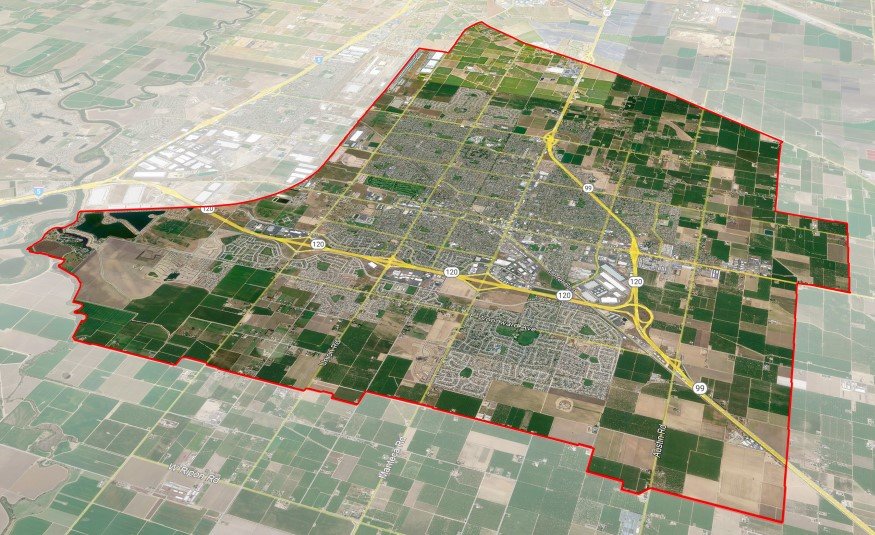Manteca’s population could be 160 percent larger by the year 2057.
That is based on the city continuing forward with its current annual growth rate of 2.8 percent.
It is a premise that provides the foundation for the infrastructure needs outlined in both the recently completed wastewater and water master plans the city commissioned. They cost in excess of $2 million.
That projected long-term 2.8 percent growth rate is virtually unrivaled in the Northern San Joaquin Valley.
And the only city that is close to being positioned to grow at such a rate on a 35-year horizon is Tracy.
Lathrop is boxed into where it can go.
Mountain House, that could very well become San Joaquin County’s 8th city next year, is going to continue to grow but is not as well positioned as Manteca, especially when it comes to water.
Stockon and Modesto growth rates are downright anemic when compared to the four forementioned South County jurisdictions.
And basically, the economic engine powering Manteca’s growth — Bay Area tech et al — are located in cities that due to physical limitations and hemmed in in terms of city limits with the primary avenue of growth going up and not out.
Manteca is arguably the best positioned city in the Northern San Joaquin Valley.
The reasons include:
*Having 9,000 plus residential building lots in various stages of the entitlement and approval process.
*The ability to keep growing in three directions, but especially to the east.
*Secured surface water source for growth.
*Its location in relation to the Bay Area for residential growth. Several Bay Area cities are already generating more new jobs than available housing.
*Plans in place to expand water and sewer infrastructure
It is pegged as the second fastest growing region in California and one of three major areas statewide anticipated to see significant growth fourth through 2060 based on state Department of Finance projections.
That’s behind the Inland Empire (Riverside and San Bernadino counties) in Southern California and ahead of the Sacramento-Roseville area.
A population of 236,000 is what could occur if all 24,311 acres in the city’s general plan are developed based on assigned zoning.
From the sewer master plan’s perspective, that includes 6,522 acres of development currently sending effluent to the wastewater treatment plant. Add the 6,524 acres in the sphere of influence, and another 6,434 acres in planning reserves and Manteca has the real potential to support a population of 236,000.
To put that in perspective, Modesto today has 219,396 residents — 16,604 less than what the Manteca general plan will accommodate. Modesto in 1970 had 107,000 residents and 161,00 residents by 1980.
Both studies address the never-ending need to update treatment technology and replacing aging pipeline and other equipment already in place.
And while they identify costs that existing users must cover to keep the existing systems up and running, they also clearly identify infrastructure needed to accommodative growth.
As such, the studies allow the city to devise growth fees that pay for infrastructure such as water and sewer.
While the cost will clearly be borne by growth, more importantly for home builders the city is committed to a path that gives developers confidence to commit to long-range land development efforts in Manteca.
The current interim wastewater project will accommodate 111,800 people as opposed to the current [population of 90,000.
Not only will subsequent phases identified take capacity up to 236,000 people, but the masterplan identified and attaches ballpark prices to needed pipelines and other infrastructure.
Perhaps the biggest in terms of being game changers are two 24-inch trunk lines beneath Highway 99 between French Camp Road and Lathrop Road.
Those will tie into a future extension for the recently completed 36-inch trunk line along Airport Way.
Along with a trunk line for the 797-home Yosemite Square neighborhood is extending beneath Highway 99 just north of Auston Road, the three trunk lines effectively will allow stepped up growth east of the freeway.
To contact Dennis Wyatt, email dwyatt@mantecabulletin.com





